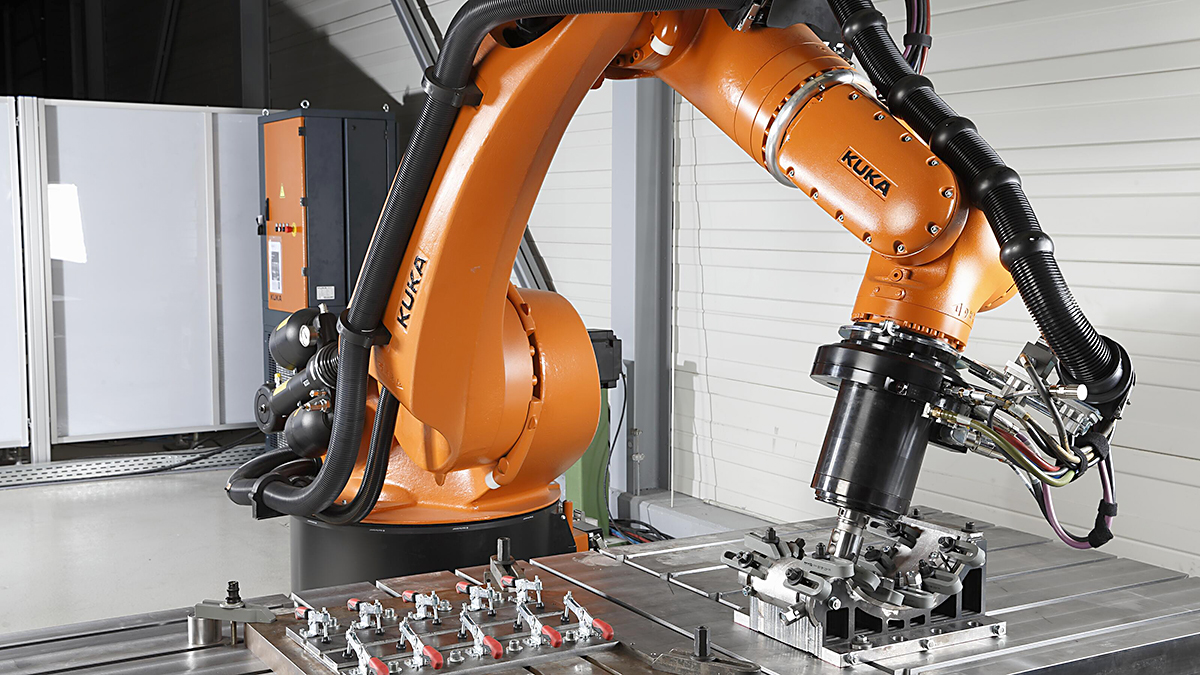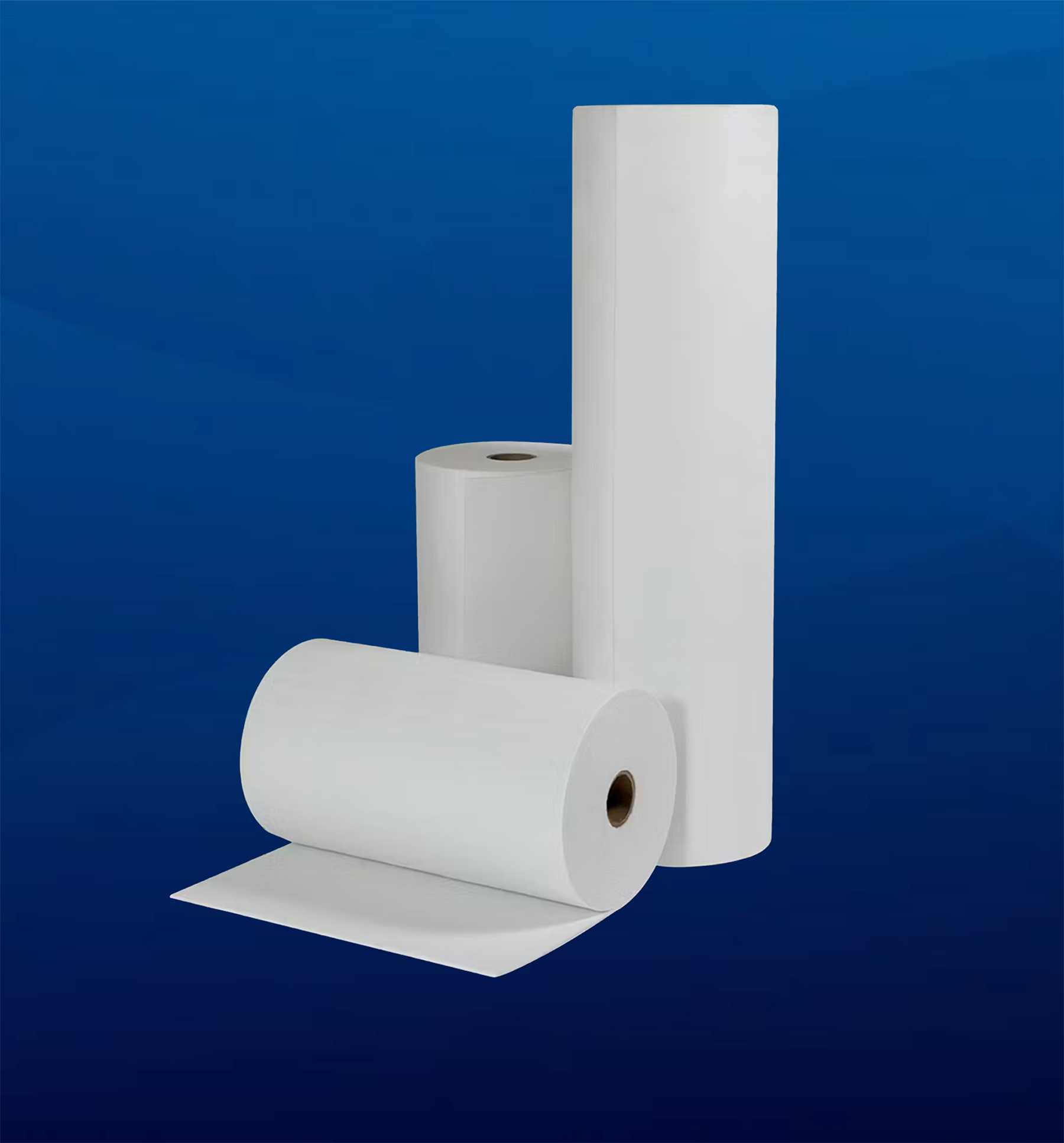
KUKA Robotics will spotlight its ready2_activate application with system partner Plasmatreat in Atlanta at FABTECH 2022, November 8-10.
The application is designed to meet ongoing demand for increased efficiency and standardization for surface bonding pretreatment solutions.
Visitors to Booth #C11347 can see how KUKA’s ready2_activate application and modular platform using a KR AGILUS robot can be used for high-precision cleaning, activating, or nanocoating of material surfaces with Plasmatreat’s Openair-PlasmaÒ jet technology. Many materials, such as plastics and polymers, do not bond easily with any type of printing or coating unless their glossy textures are pretreated. Plasmatreat’s process prepares surfaces for gluing, printing, or lacquering without generating any chemical waste. The robotic motion sequence and plasma process are controlled by processors in close communication for easy integration into a production line or process.
Visitors will also see a broad line of KUKA robotic technology that enhances performance and automation for increased efficiency and output. Three KUKA positioners, the KP1-HC, KP3-VCH, and DKP, will be spotlighted, demonstrating KUKA’s wide range of positioners for a variety of applications and payloads. KUKA positioners provide positioning accuracy and precision for maximum production quality. The KUKA positioner line employs proven robotic components for high availability and reliability and provides maximum torque for extremely short cycle times.
KUKA will also demonstrate its KUKA.RoboTeam Coordinated Motion software that synchronizes motion start and motion time of two or more robots for state-of-the-art production. KUKA.RoboTeam transfers decision making and responsibility of conventional, centralized PLC functions directly to the robot group for autonomous group execution.
The high-payload KUKA KR QUANTEC robot that delivers best-in-class performance in applications ranging from automotive to foundry will be part of a live demonstration along an automated friction stir welding (FSW), component, and part handling cell. The cell will consist of multiple robots. One robot will pick parts from bins and place them into a fixture and a second robot will perform the weld using both Roboception and SICK PLB 3D vision technologies.
For EV battery tray production, KUKA has engineered its cost-effective KUKA cell4_FSW modules to provide up to 95 percent more process efficiency and maximize the available configuration options for manufacturers. Used for both 2D and 3D welding tasks, the modules are scalable and accommodate either one or two 6-axis robots. Shops can arrange several workpiece clamping tools in the working area of the cell so that robots can work simultaneously on larger components if needed.
MORE INFO www.kuka.com or www.plasmatreat.com























